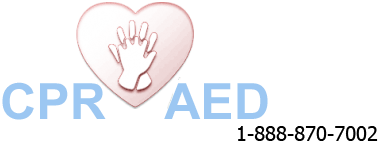Providing Emergency Help for Cardiac Arrest Victims
Cardiac arrest is a fatal medical problem that must be dealt with immediately in order to save a life. Emergency help is required in order to ensure that the victim remains alive before an ambulance arrives at the scene. Cardiac Arrest Symptoms Instant loss of responsiveness whereby the victim shows no signs of responding when […]
Providing Emergency Help for Cardiac Arrest Victims Read More »
